Many variables will interfere with your coffee taste, and freshness is undoubtedly at the top of this list. For this reason, choosing whole beans over filter or instant coffee makes a lot of difference. Therefore, a coffee bean grinder is a must-have accessory for any serious coffee drinker.
Once we ground the coffee beans into small fragments, it has more surface exposed, facilitating the contact with air and making it stale much faster. It’s like how freshly cut garlic smells stronger than a clove left to sit on the shelf.
Choosing a good quality grinder is paramount since attempting to improvise with a blender or food processor will do more harm than good. They are not designed for grinding coffee, so the cuts will be of uneven sizes, affecting the brewing process.
Moreover, a coffee bean grinder gives you control over the ideal coarseness for each brewing method. If you switch preparation methods depending on your routine, having many thicknesses of powder pre-milled and stored can be unpractical.

What to Consider When Choosing the Right Coffee Bean Grinder
Coarseness

Depending on the brewing method you choose, the coarseness of the powder will vary, mainly due to the brewing time. For example, a professional espresso machine will take about 30 seconds to prepare your drink, so the fragments should be tiny to extract the flavours fast. In contrast, a cafetiere can take 4 minutes, so a chunkier ground will work better for it.
When choosing the right coffee bean grinder, you can choose one with the right coarseness as an automatic setting.
The table below shows the coarseness corresponding to the most used brewing methods.
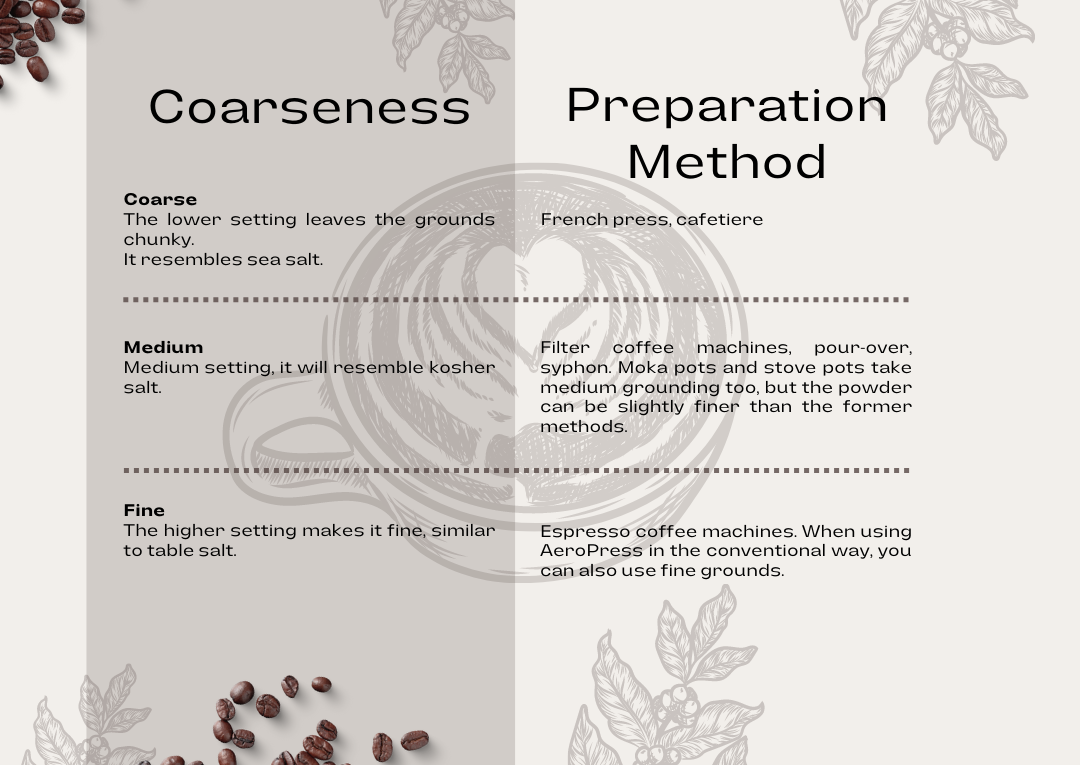
Heat
During the milling process, the accessory will generate heat due to the running of the motor and the blades turning speedily. This heat burns some of the beans’ proprieties, consequently interfering with the taste. Therefore, choosing a machine that guarantees lower temperatures will avoid the burnt and keep in more flavours.
Manual Coffee Grinders
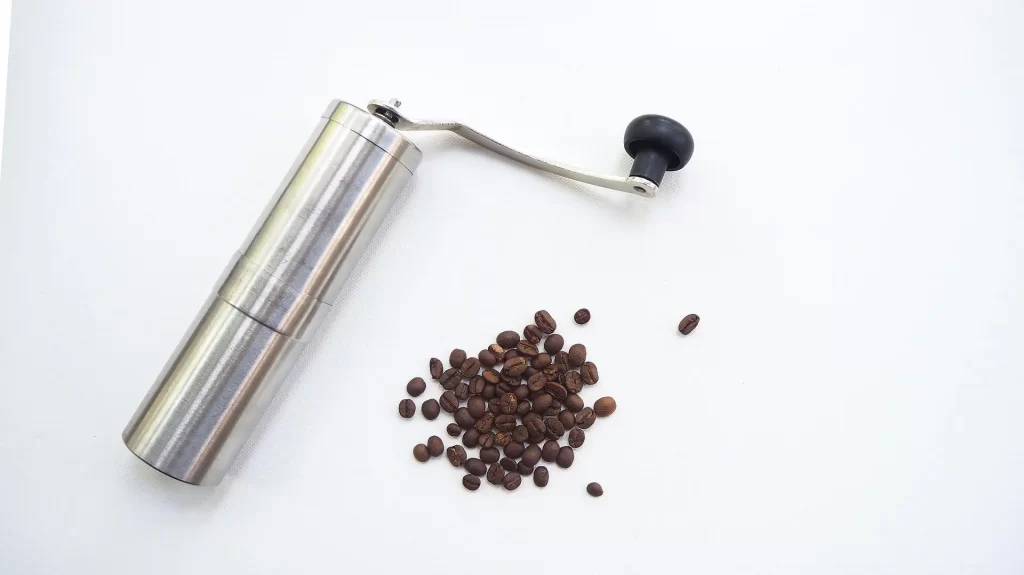
Manual grinders are the smallest and more portable grinders on the market. It produces consistent sizes of grounds and will probably last longer than an electric grinder.
It is helpful for people on the move or those who like to take the time and enjoy preparing a cup of joe. However, they take the longest to grind coffee beans and might not be suitable for the busy daily routine.
Blade Coffee Grinder

Blade grinders work like food processors but are specifically designed for coffee grinding. They use blunted blades to break up the coffee beans gradually.
They’re typically smaller, convenient and more affordable than burr grinders, but depending on the quality of the machine, they can produce uneven grounds, so some will be over-extracted while others are under-extracted. For the taste, this means sour and bitter tones.
Burr Coffee Grinder
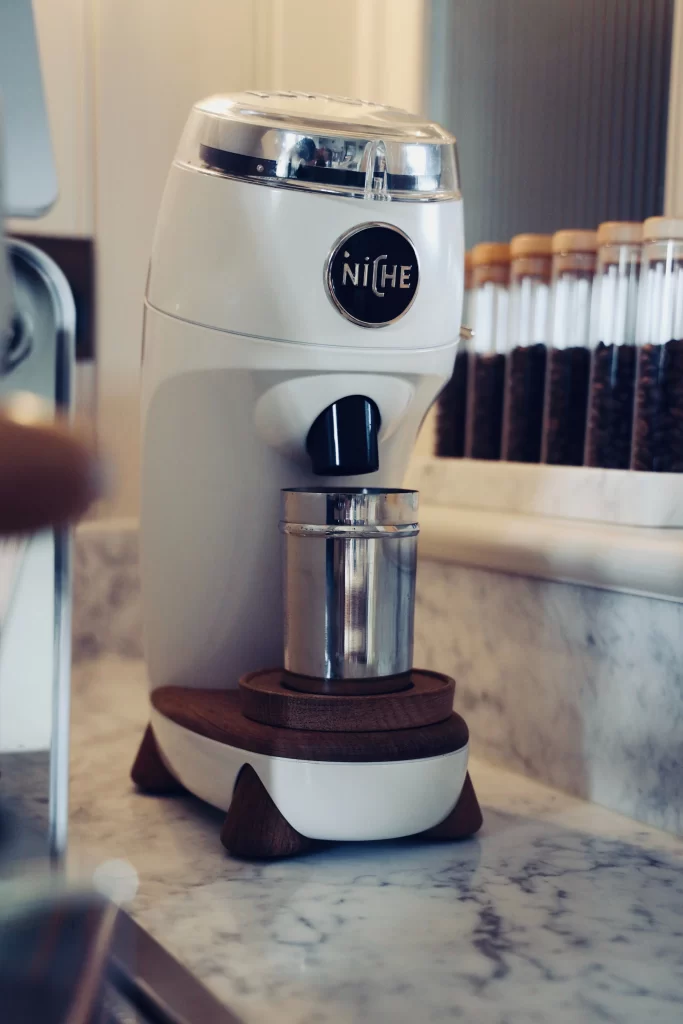
Often seen as superior and recommended by coffee connoisseurs, it has two revolving burrs that will mill the coffee between them. It causes the minimum damage to the grounds and offers consistency and durability. However, you will pay a higher price for this.
It is also bulkier and requires electricity. Overall, it is more expensive and less convenient for home users, but it offers the best quality.
Professional Coffee Grinders
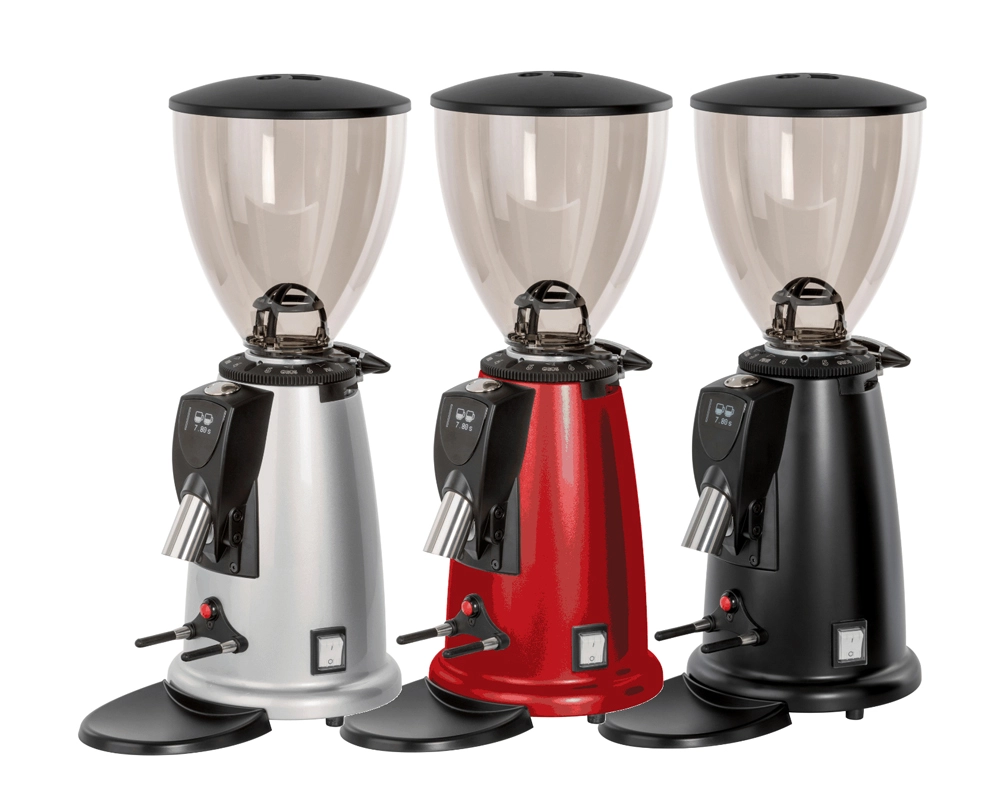
A professional coffee grinder is indispensable for shops serving coffee. The bean to cup coffee machine (link) has a built-in grinder, but for barista style machines, the milling process must be done beforehand.
The right equipment has to be able to handle the busiest time of the business, so it has to deliver both quantity and quality. You can compare grinders by power, storage capacity and the amount of ground they can produce per hour.
The bean container must hold a suitable amount of beans to supply the demand without needing constant refilling. The power and speed will determine how long the barista will have to wait to grind the beans finely.
Home Use Grinders
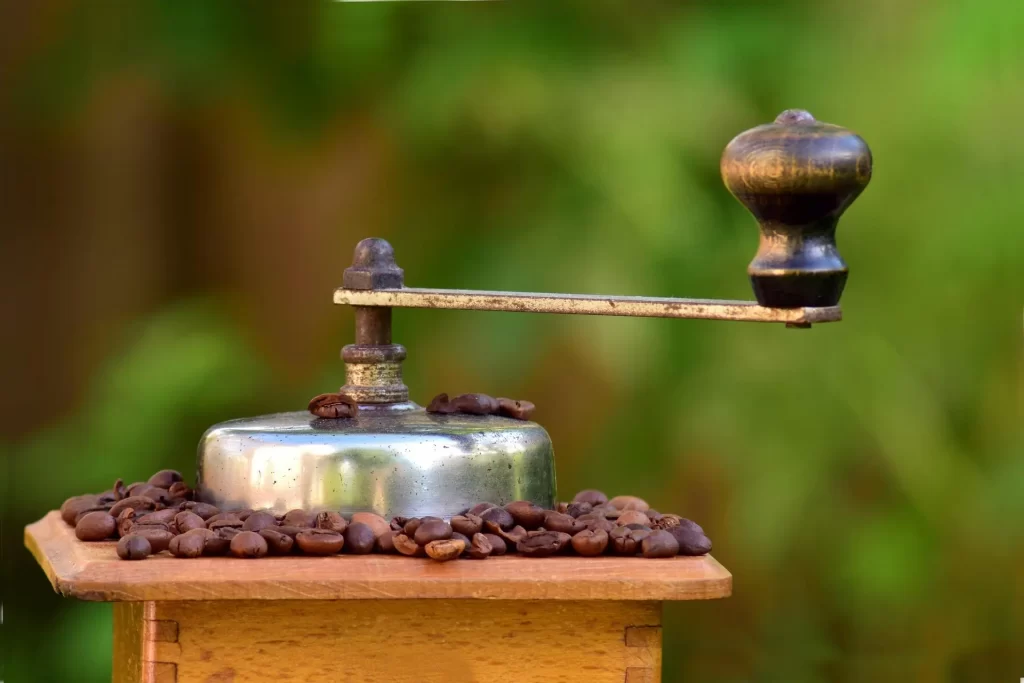
These are the smaller machine, which grinds enough for one to a few cups and frequently don’t have a container to store the beans before milling.
These are convenient and help you enjoy coffee at home, similar to the coffee shop. But this quality corresponds to the amount of time and investment you would like to put into it.
Commercial Coffee Machines for Offices that don’t Need a Coffee Grinder
There are many reasons to have a coffee machine in the office, but having a barista working on-site is inefficient or unaffordable for most businesses.
The bean to cup commercial coffee machines solves this issue because they automatically carry the whole process, offering excellent quality coffee at the push of a button.
The suitable machine will depend on the average of cups served per day. Talk to our advisor today to find out the best bean to cup coffee machine for your office.

